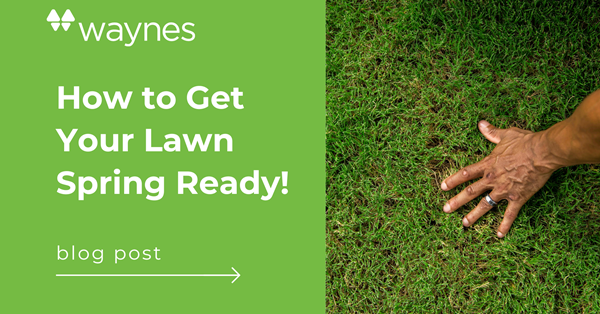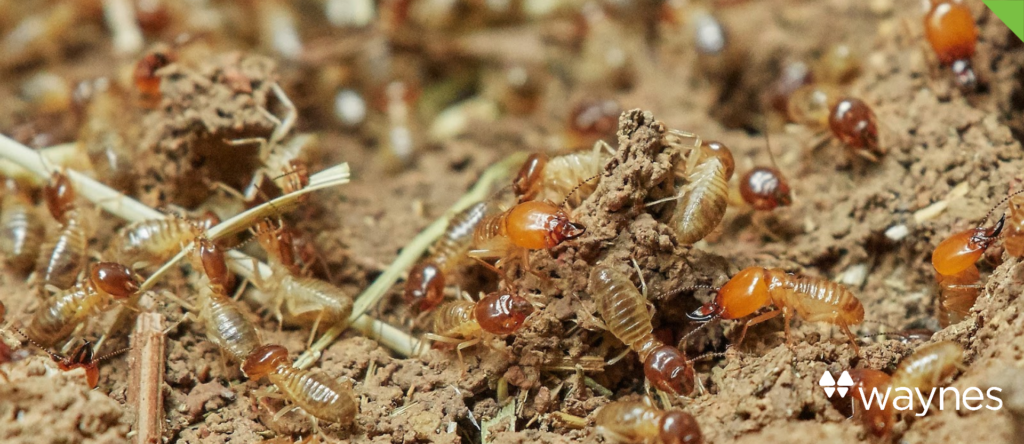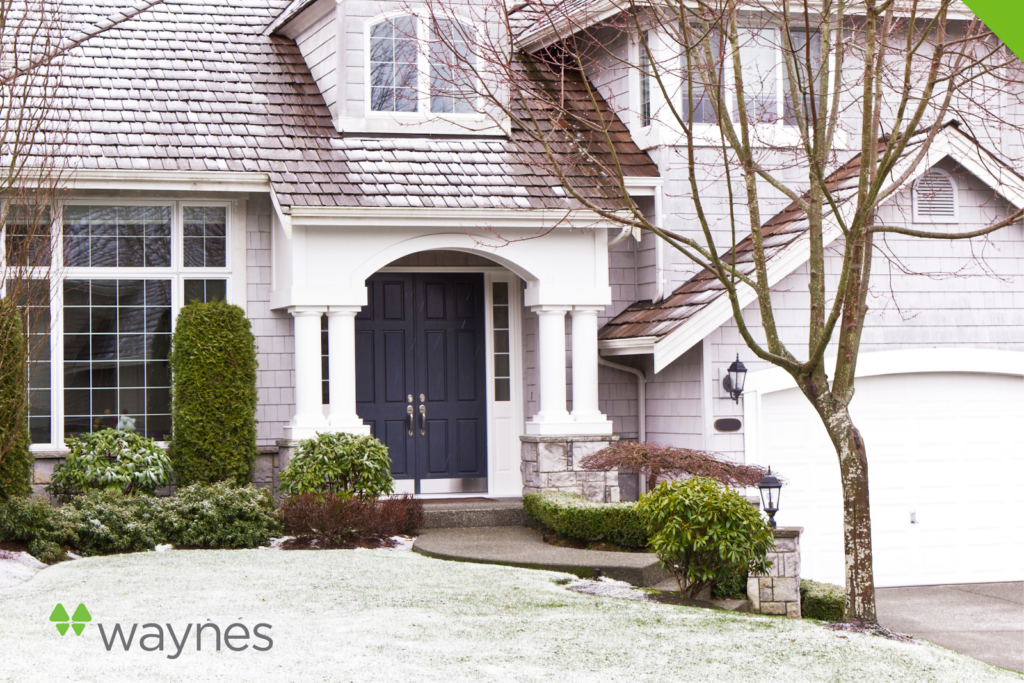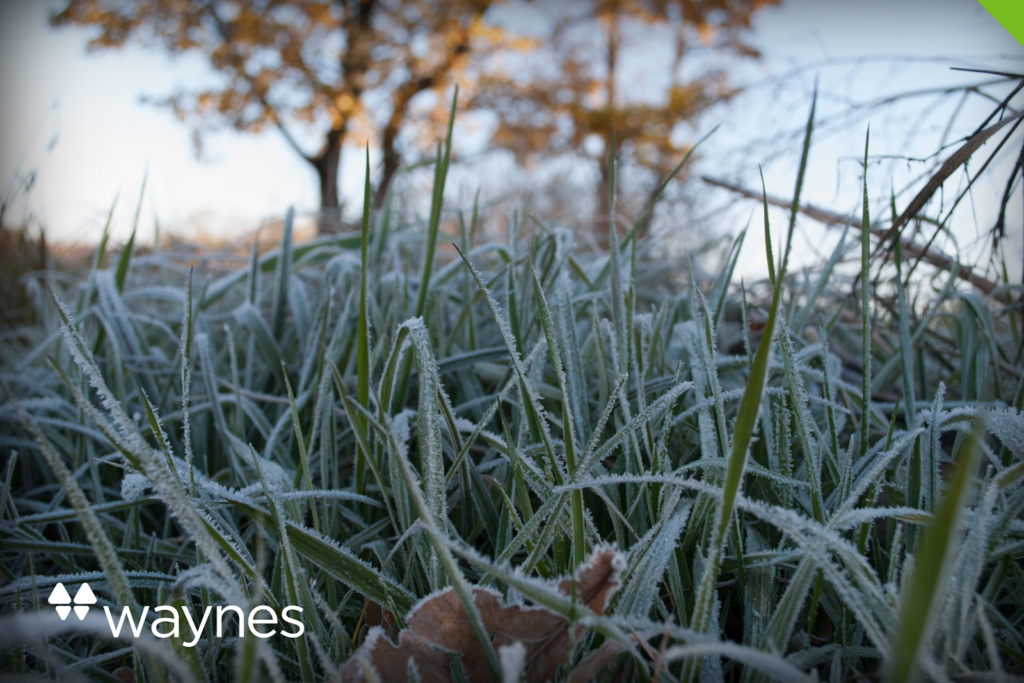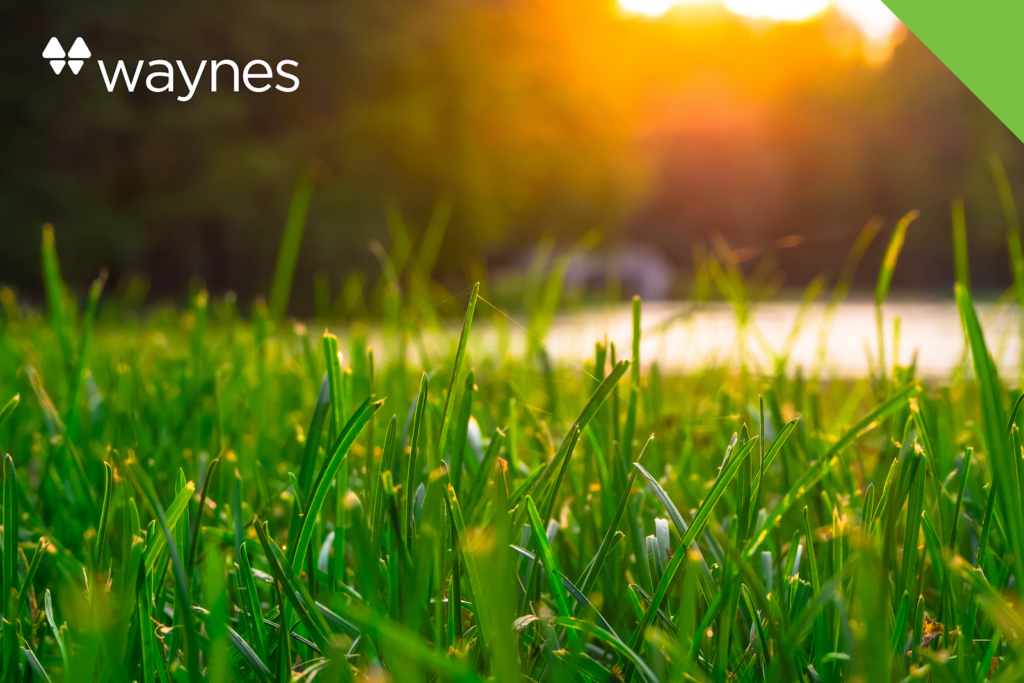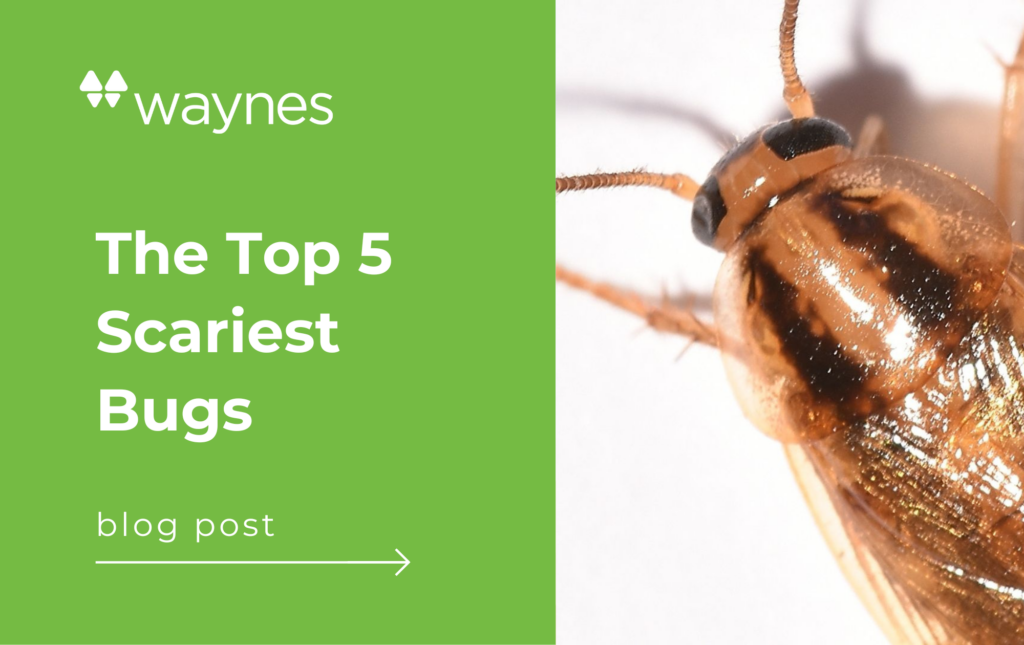Have you noticed that your lawn is uneven? Does your lawnmower glide across your yard like a figure skater or bounce along scalping your turf from time to time due to dips and low spots. Low spots can be caused by tree stump removal, drainage problems, animals, and ant mounds, but don’t worry. This is fixable, and you can do it!
In this post, we will share everything you need to know to fix low spots in your yard. We will cover two options.
- Option 1: Topdressing to fix small dips and bumps that keep your lawn from looking smooth and could even cause your lawnmower to burn spots in the turf.
- Option 2:Remove pieces of your sod, fill the low spots, and patch.
So let’s get started!
Option 1: Topdressing to Remove Bumps
Topdressing involves filling small low spots on your lawn from the “top.” This solves the “bumpy lawnmower effect.”
Topdressing Step 1: Mark Your Sprinkler Heads
Mark your sprinkler heads! As you cut your grass very close and use a heavy thatching rake, you could damage sprinkler heads that aren’t a problem when you mow your lawn at a normal height.
Topdressing Step 2: Mow at the Lowest Setting
First, mow your lawn on the lowest setting as it is starting to green up in the early spring. You can even scalp a bermuda or a zoysia lawn in early spring, but not in the summer when the grass may be heat stressed. You should never scalp a fescue lawn, but you can cut it close to prepare for overseeding.
Topdressing Step 3: Use a Thatching Rake
Next, use a thatching rake to remove dead grass and thatch from your lawn.
Topdressing Step 4: Dress The Low Spots
Prepare a 50/50 mix of dry topsoil and fine sand in a wheelbarrow. Make sure that the mixture is dry before continuing. Use a shovel to scoop up mixture and fill in low areas of the lawn. Only fill in half-an-inch at a time.
Topdressing Step 5: Cut Grass Frequently
Cut your grass frequently as it fills in the gaps.
Topdressing Step 6: Repeat!
When you start to see the grass grow through the sand and topsoil, repeat the entire process until the low spots are filled. Once you are satisfied, gradually raise your mower to your preferred height for summer. We recommend 1” – 2.5” for Bermuda and 0.5” to 1.5: for Zoysia.
Topdressing Step 7: Spray Your Turf
Once your low spot problem is solved, you will need an appropriate spraying routine to manage weeds and diseases that could destroy your beautiful, smooth turf.
Option 2: Cut, Fill, and Patch
You can also cut turf to fill and patch your lawn. This is appropriate for filling deeper dips or large low spots that inevitably occur a few years after you take down a tree. Some of these steps are similar to topdressing, but then things get interesting!
Fill and Patch Step 1: Mark Your Sprinkler Heads
Mark your sprinkler heads! As you cut your grass very close and use a heavy thatching rake, you could damage sprinkler heads that aren’t a problem when you mow your lawn at a normal height.
Fill and Patch Step 2: Cut Your Grass
Cut your lawn to prepare for filling and patching. Do this at a time of year when your grass healthy and growing. Avoid times when your turf might be heat stressed.
Fill and Patch Step 3: Remove Grass With a Shovel, Or…
Remove 10” x 10” squares of your grass around the low spot using a shovel. Do NOT dispose of the grass squares. That would be like throwing away your toupee!
If you need to fill a sizeable low spot and you also LOVE operating cool pieces of equipment, you can rent a sod cutter at a local hardware store that has a rental department. Sod cutters are amazing, and a little sod-cutting might be just what the doctor ordered for stress relief if you spent the whole week sitting at a desk in an office.
Tip: If you are cutting a large section of turf, lay out a tarp and place the cut pieces of turf upside down in the same arrangement that you cut them from your yard. This will save time when you put your turf back together.
Fill and Patch Step 4: Fill the Low Spots
Fill the low spots with a 50/50 mix of dry topsoil and fine sand. Keep in mind that if you are filling a deep hole, the ground will settle a bit over time.
Fill and Patch Step 5: Put The Puzzle Back Together
Put the grass squares back in place. It’s like assembling a puzzle.
Fill and Patch Step 6: Rollie, Rollie, Rollie to Make it Perfect
Use a little of your sand and topsoil mixture to fill seams where pieces of turf meet. Then water your lawn thoroughly to soften the soil and use a sod roller to work out the seams in the grass that you just laid. You will need to use the sod roller on your wet lawn repeatedly over several days to work through all of the low spots.
Fill and Patch Step 7: Water, Water Everywhere. Your Grass Needs a Drink.
Water your turf frequently until the grass is established again and has filled in seams where one piece of turf meets another.
Topdressing Step 8: Spray Your Turf
Once your low spot problem is a thing of the past, you will need an appropriate spraying routine to manage weeds and diseases that could destroy your nice smooth turf.
Barefoot Good
Low spots are annoying and unsightly, but YOU CAN DO THIS. Don’t twist an ankle playing sports in your front yard or roll your eyes every time you get the lawnmower out. You won’t regret fixing this problem, and we can only think of one downside. If you repair a particularly large low spot, one of your neighbors may make fun of you for “turning your front yard into a beach volleyball court.” Don’t worry. Their perspective will change when the project is complete and your “barefoot good” lawn is the envy of the neighborhood.
Once your low spots have been removed, Waynes lawn care management experts would love to help with weed prevention and turf health. Contact Waynes for more information about our spraying services.
